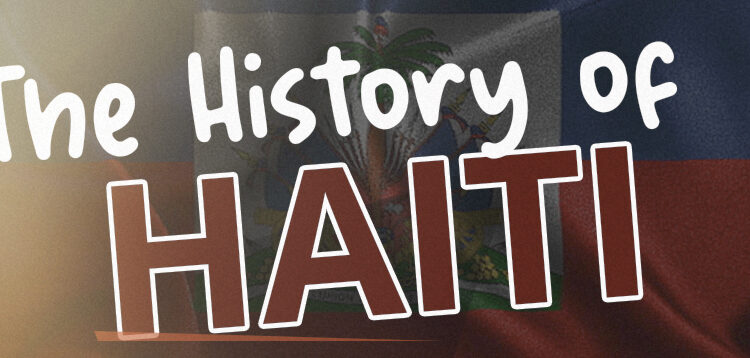The Original People of Haiti: The Taíno
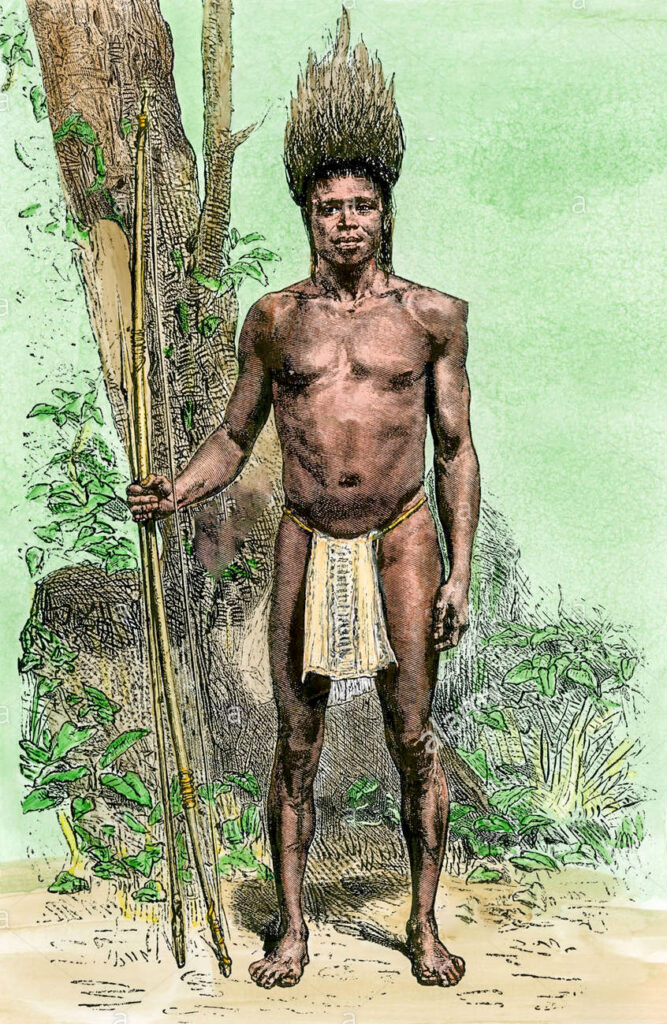
Before European colonization, the island of Haiti was known as Ayiti, meaning “land of high mountains” in the Taíno language. The Taíno people, indigenous to the island, lived peacefully and thrived with advanced knowledge in agriculture, navigation, and medicine.
Their farming technique, called conuco, involved planting crops on raised mounds to preserve soil fertility. They grew cassava, maize, sweet potatoes, and beans, ensuring food sustainability for their communities. 🌱
The Taíno society was well organized and led by caciques (chiefs), who governed small villages and held political and spiritual authority. It was the role of the caciques (chief) to help maintain social order and spiritual practices. The leadership was usually hereditary.
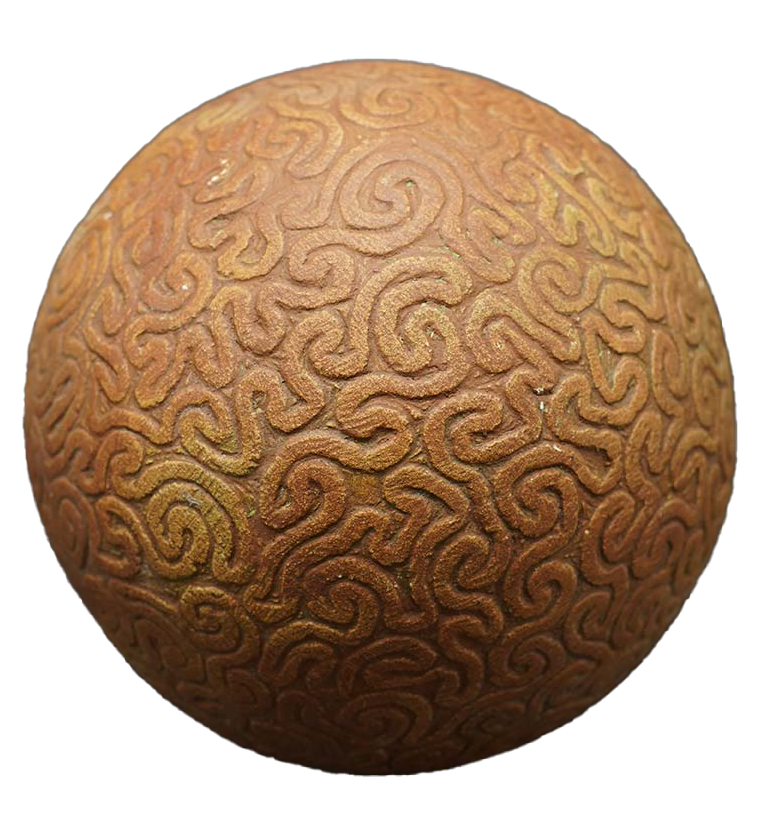
Their lives were connected to the environment. They relied on fishing, hunting, and gathering, and lived in harmony with nature. The Taíno were also known for their ceremonial practices, such as the ball game batos (batey), this game was not only recreational but had a ritual significance also. “The conquistadors first observed the Caribbean ball game being played by the natives in Hispaniola and subsequently In Puerto Rico. It was a Taíno custom that evoked great interest among them. They were amazed by both its sporting and ceremonial features and by the rubber of which the ball was made, which was then unknown in Europe.” – Birgit Faber Morse (anthropologist)
The Taíno were also part of a larger network of trade in the Caribbean. They engaged in trade with other indigenous groups, exchanging goods and cultural practices. Their language, rich in symbolism, and their art, including petroglyphs and carvings, reflect their deep spiritual connection to the natural world.
The arrival of Europeans brought significant changes, leading to the decline of the Taíno population and the disruption of their way of life.
Sources:
• “The Tainos: Rise and Decline of the People Who Greeted Columbus” by Irving Rouse
• National Geographic on the Taíno People
• 1492: An Ongoing Voyage What Came To Be Called “America” - Library of Congress Exhibit
• The Origin & Development of the Caribbean Ball & Dance Court - Birgit Faber MorseQueen Anacaona: Symbol of Resistance
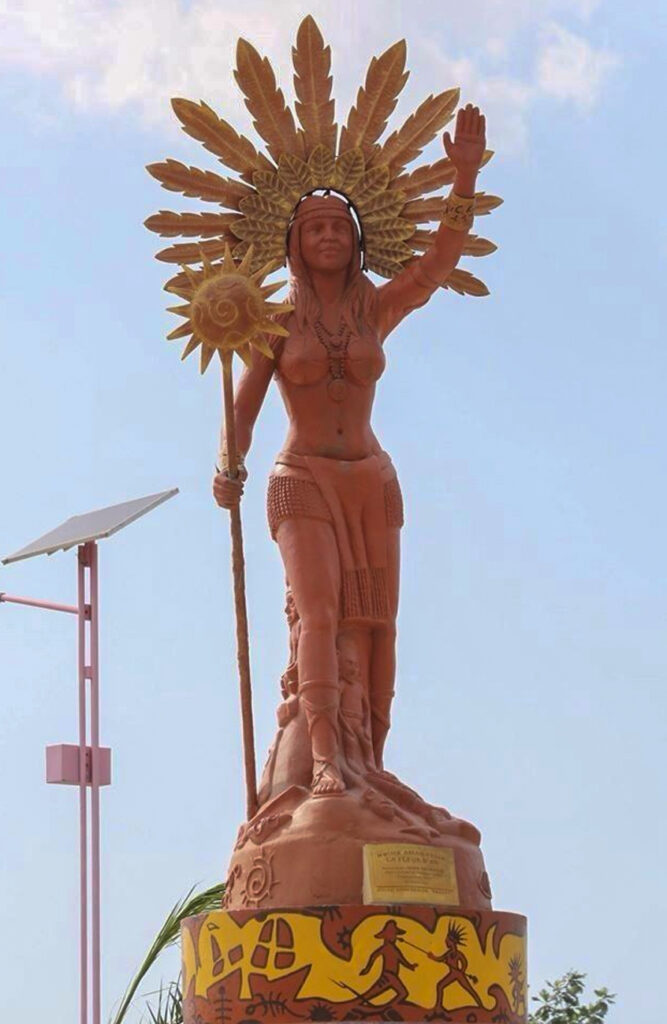
One of the most significant figures in Haiti’s early history was Queen Anacaona. Anacaona, which means “Golden Flower” in Taíno, was born around 1464. She was married to the cacique (chief) of the Xaragua area, which was one of the most powerful tribes in Hispaniola.
A poet and diplomat, Anacaona was the leader of the Taíno people during the early encounters with European explorers. She negotiated peace with the Spanish until they turned against her, and she was executed in 1504 after resisting colonization. Her bravery and leadership made her a lasting symbol of strength and resistance in Haiti. 👑
Anacaona’s legacy is still celebrated today, as she represents the courage of the Haitian people in the face of colonization and injustice. Her story is a powerful reminder of the island’s rich indigenous heritage before the arrival of Europeans.
Sources:
• The Caribbean A History of the Region and Its Peoples Edited by Stephan Palmié and Francisco A. Scarano
• “Anacaona: Golden Flower, Haiti, 1490” by Edwidge DanticatThe Arrival of Europeans and Exploitation
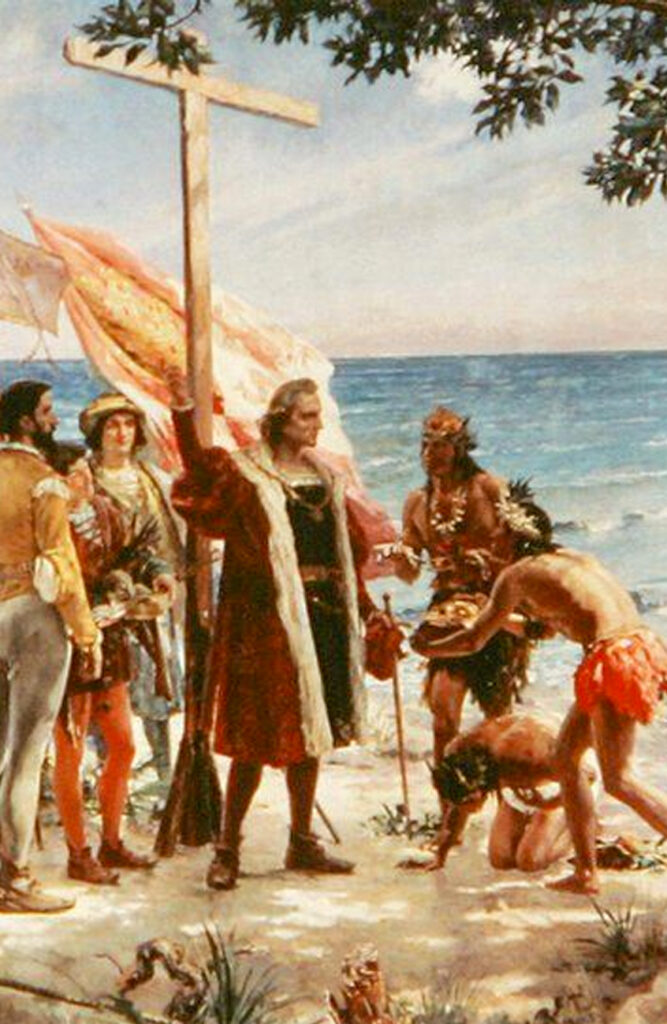
In 1492, Christopher Columbus arrived in Hispaniola (modern-day Haiti and the Dominican Republic), bringing with him the start of colonization. The Spanish quickly sought to exploit the island’s resources, mainly searching for gold. As their focus shifted to sugarcane, they introduced the crop to the island, which would become the basis for a brutal labor system. Sugar production grew, but at a huge cost, with the Taíno population decimated by enslavement and disease. 💔
With the Taíno population declining, the Spanish began importing enslaved Africans to work on the sugar plantations. This laid the foundation for what would become one of the wealthiest colonies in the Caribbean, but it was built on human suffering.
Sources:
• National Geographic: The Impact of Columbus
• “Columbus and the Taíno: The Impact of European Colonization” by David E. StannardThe Split of Hispaniola: A Tale of Two Colonies

By the Treaty of Ryswick in 1697, Spain ceded the western part of Hispaniola (now Haiti) to France. The French colony, Saint-Domingue, became one of the richest in the world, known for producing vast quantities of sugar, coffee, and indigo. It generated more wealth than all the American colonies combined, but it came at a devastating human cost, with hundreds of thousands of enslaved Africans brought to the island to work the plantations. ⚖️
While Saint-Domingue thrived economically, it was a pressure cooker for rebellion, as the enslaved population endured unimaginable brutality.
Sources:
• Treaty of Ryswick (1697): Encyclopedia Britannica
• “Haiti: The Tumultuous History” by Philippe GirardThe Haitian Revolution: The Spark at Bois Caïman
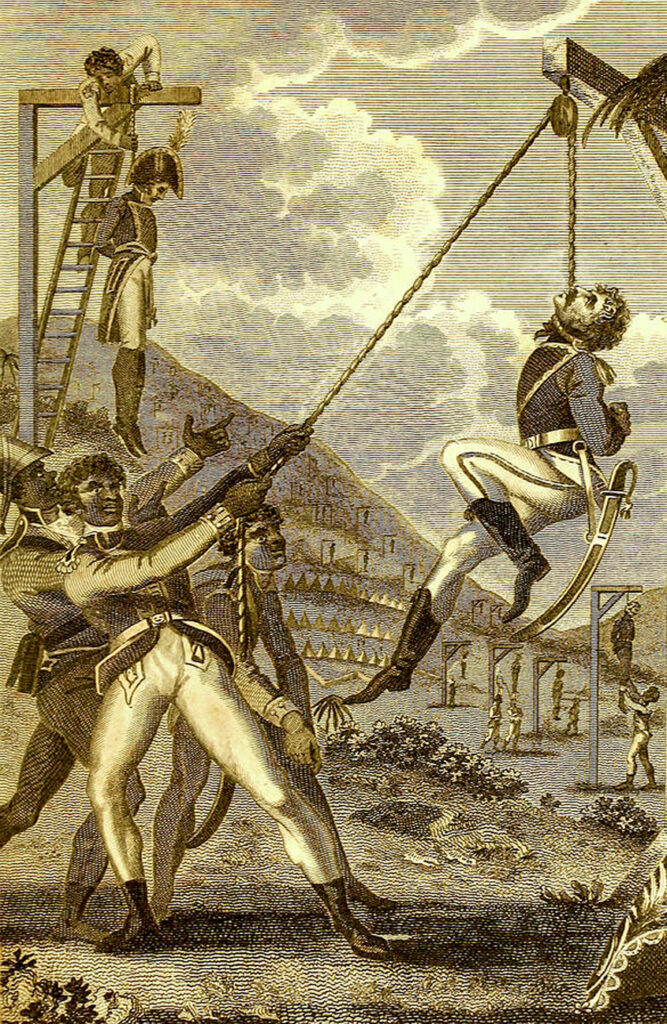
In 1791, enslaved Africans in Saint-Domingue, inspired by a Vodou ceremony at Bois Caïman, led by Dutty Boukman, began a revolution that would change the world. The Haitian Revolution was the first successful slave revolt in history and laid the foundation for the world’s first Black republic. This rebellion was ignited by the collective desire for freedom from the cruelty of slavery. 🔥
Sources:
• “Avengers of the New World: The Story of the Haitian Revolution” by Laurent Dubois
• History.com: Haitian RevolutionToussaint Louverture: The Man Behind the Revolution
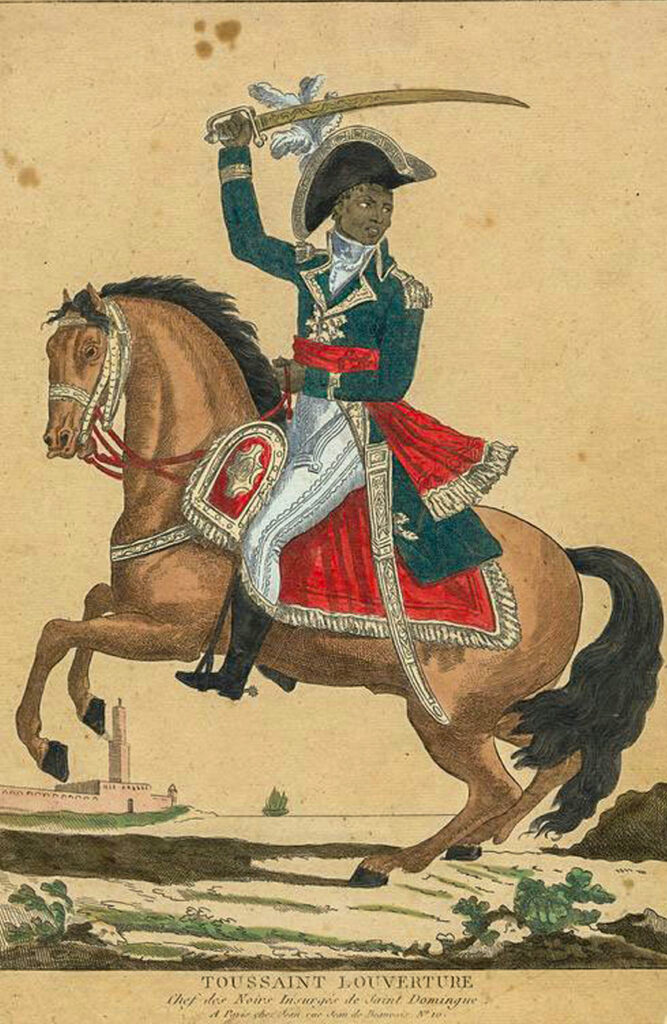
At the heart of the Haitian Revolution was Toussaint Louverture, a former enslaved man who rose to become a general and revolutionary leader. Known for his strategic brilliance, Toussaint skillfully fought against the French, Spanish, and British forces to secure Haiti’s freedom. Although he was captured and died in a French prison in 1803, his leadership laid the foundation for Haiti’s ultimate victory.
His famous words, “In overthrowing me, you have cut down only the trunk of the tree of liberty; it will spring up again by the roots for they are many and they are deep,” speak to the enduring spirit of resistance that characterizes Haitian history.
Sources:
• Biography.com: Toussaint Louverture
• “Toussaint Louverture: A Revolutionary Life” by Philippe GirardJean-Jacques Dessalines and Haiti’s Independence
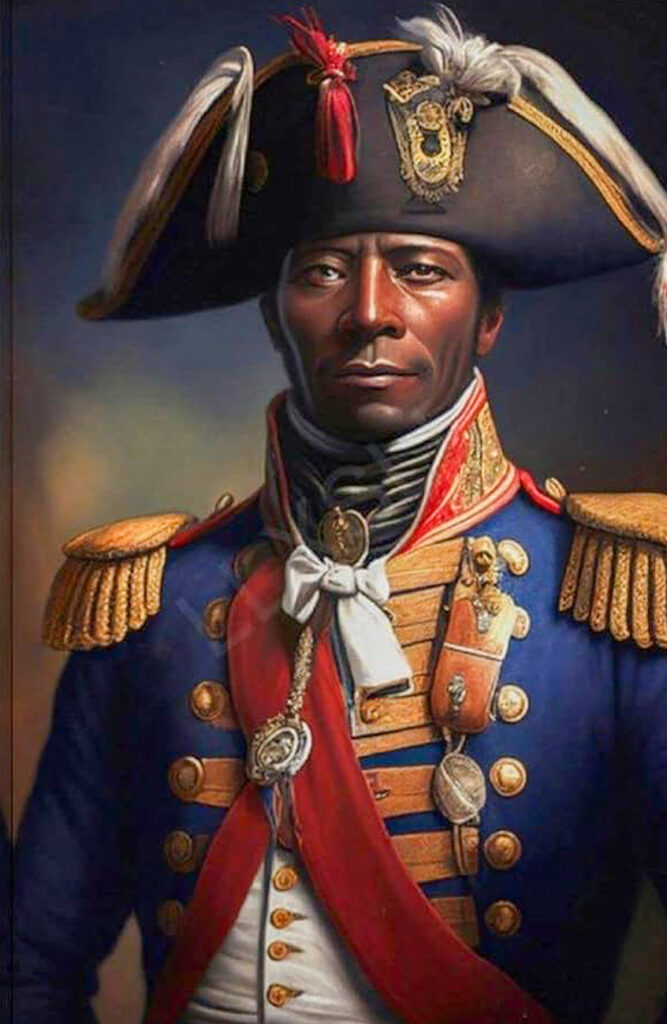
Following Toussaint’s capture, Jean-Jacques Dessalines took up the mantle of leadership, leading the Haitian forces to final victory over the French. On January 1, 1804, Dessalines declared Haiti an independent nation, making it the first free Black republic in the world. Haiti’s revolution remains one of the most significant moments in world history, as it represented a triumph over colonialism and slavery. ✊🏿
Sources:
• “Dessalines: The Untold Story of the Haitian Revolution” by Jacques Nicolas Léger
• Biography.com: Jean-Jacques DessalinesThe Louisiana Purchase: Haiti’s Global Impact

The Haitian Revolution not only liberated Haiti but also reshaped global geopolitics. In 1803, after losing control of Haiti, Napoleon Bonaparte abandoned his ambitions in the Americas and sold France’s territories in North America to the United States in what became known as the Louisiana Purchase. This sale doubled the size of the U.S. and significantly impacted its future. Without Haiti’s victory, the U.S. map might look very different today. 🌍
Sources:
• National Archives: The Louisiana Purchase
• History.com: How the Haitian Revolution Influenced the Louisiana PurchasePost-Independence Challenges and France’s Economic Stranglehold
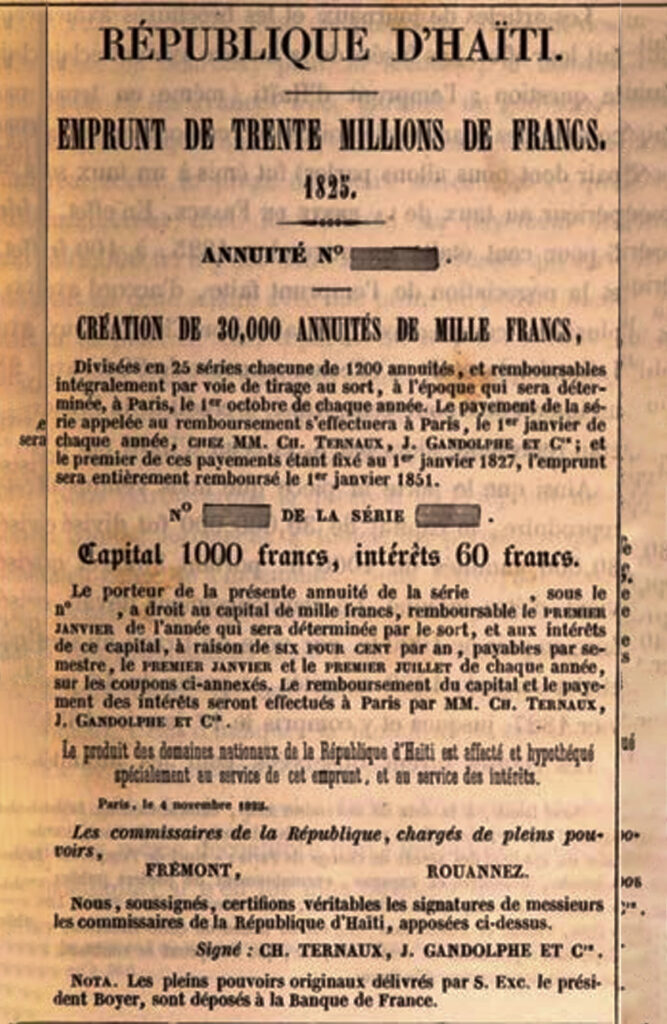
Though Haiti won its freedom, its struggles were far from over. France, refusing to recognize Haiti’s independence, demanded reparations for its “lost property” (the formerly enslaved population), forcing Haiti to pay 150 million francs in reparations. This debt crippled Haiti’s economy for generations and contributed to the financial hardships the nation faces today. 💸
Despite this, Haiti remains resilient, proud of its history and the strength of its people.
Sources:
• BBC: “The Price of Freedom: How Haiti Was Forced to Pay for Its Independence”
• “Haiti and the Indemnity Controversy: Reparation and Debts” by Alex DupuyHaiti’s Influence on Other Liberation Movements

After gaining independence, Haiti became a beacon of hope for other oppressed peoples across the Americas. Haiti provided support for revolutionary movements in countries like Venezuela, Ecuador, and the Dominican Republic, playing a key role in the fight for freedom in Latin America.
Haiti’s global legacy continues to be felt today in movements for liberation, justice, and equality around the world. 🌎
Sources:
• “Haiti and Latin American Independence Movements” by David P. Geggus
• JSTOR: The Haitian Revolution’s Role in Latin American IndependenceModern Haiti: A Nation of Resilience

Despite facing numerous challenges, including political instability, natural disasters, and continued economic struggles, Haiti’s spirit remains unbroken. The strength of its people, rooted in a history of resilience and revolutionary ideals, continues to inspire. Haiti’s legacy is one of courage, strength, and a deep connection to the fight for justice and freedom. 🇭🇹
Sources:
• “Haiti: The Aftershocks of History” by Laurent Dubois
• UN.org: Haiti’s Ongoing Recovery from Natural DisastersThe Legacy of Haiti’s Revolution
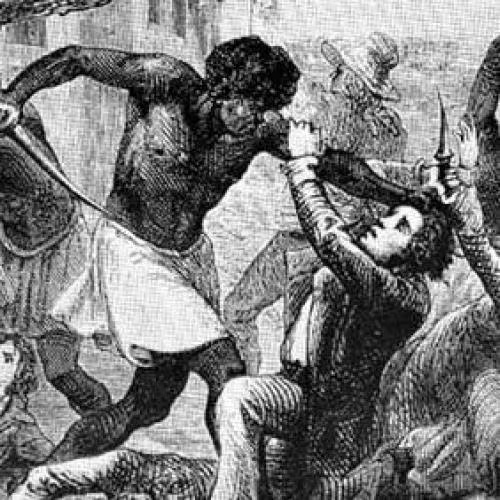
Haiti’s fight for independence not only changed the course of its own history but also influenced the abolition of slavery and the rise of freedom movements around the world. Haiti’s revolution remains one of the greatest examples of human resistance to oppression, a testament to the power of the human spirit. ✊🏾
Sources:
• “Avengers of the New World: The Story of the Haitian Revolution” by Laurent Dubois
• Smithsonian: Haiti’s Role in Shaping the Modern World
